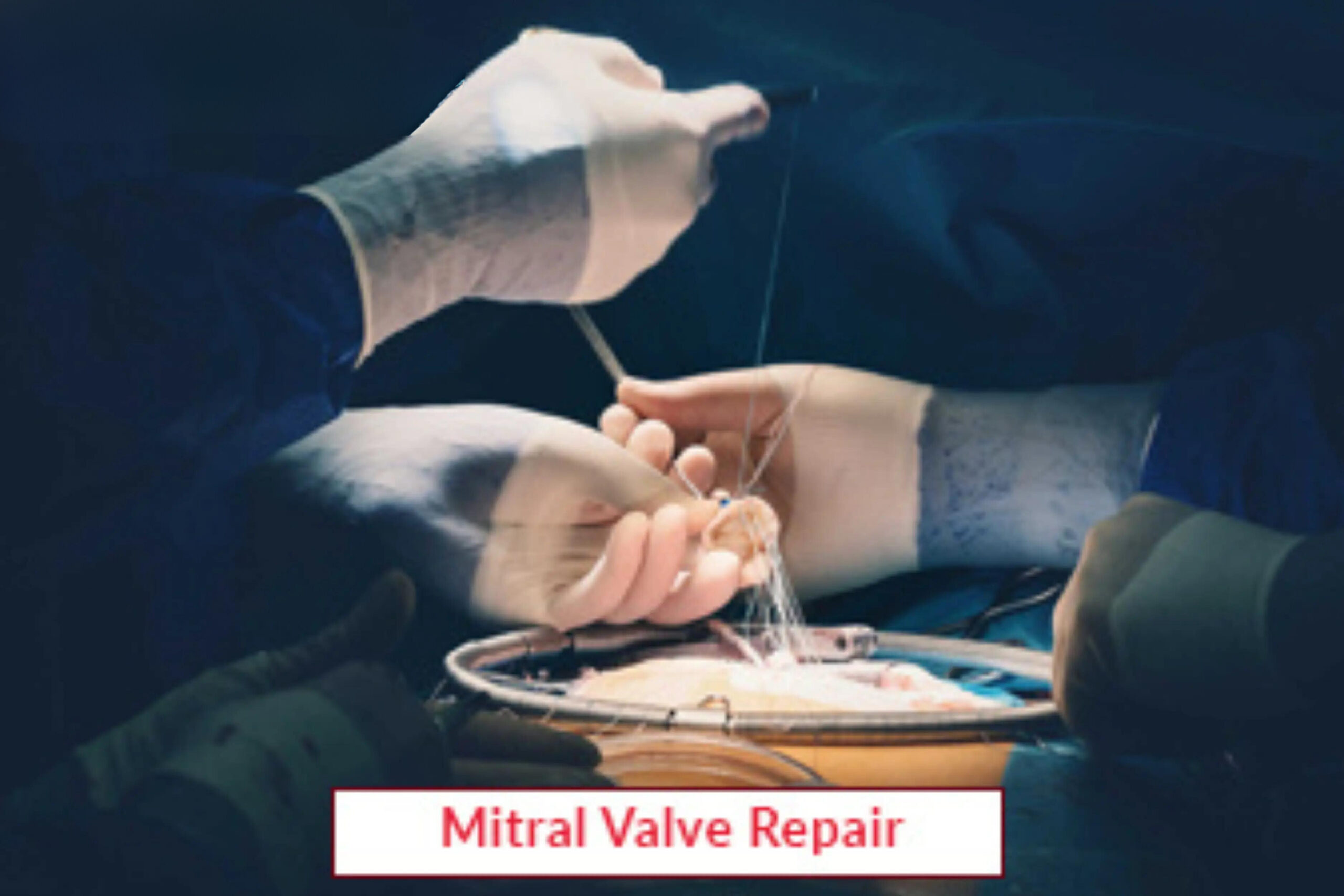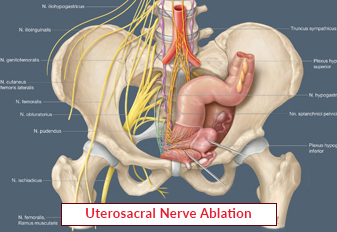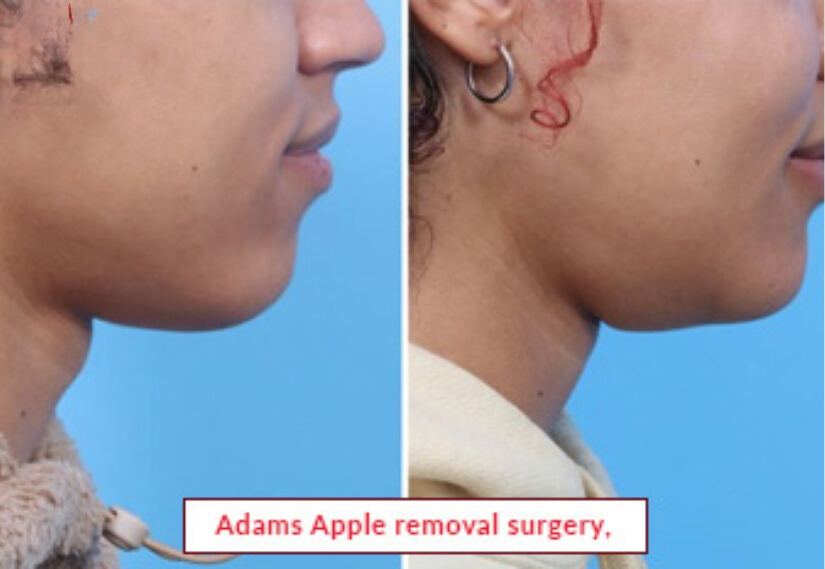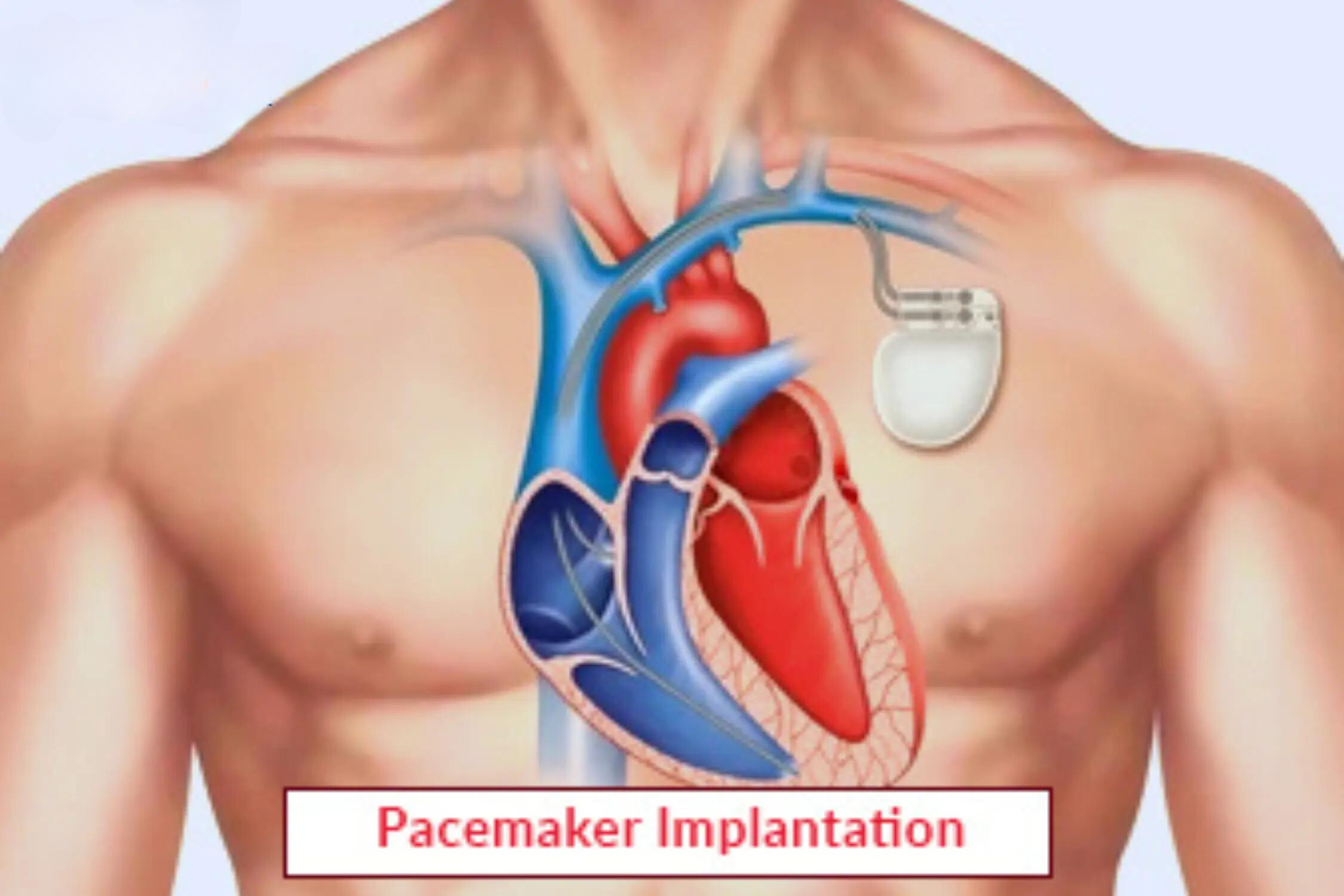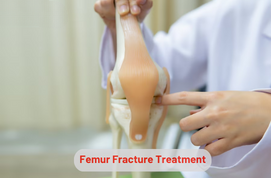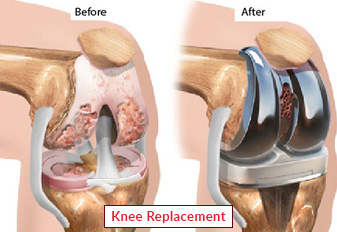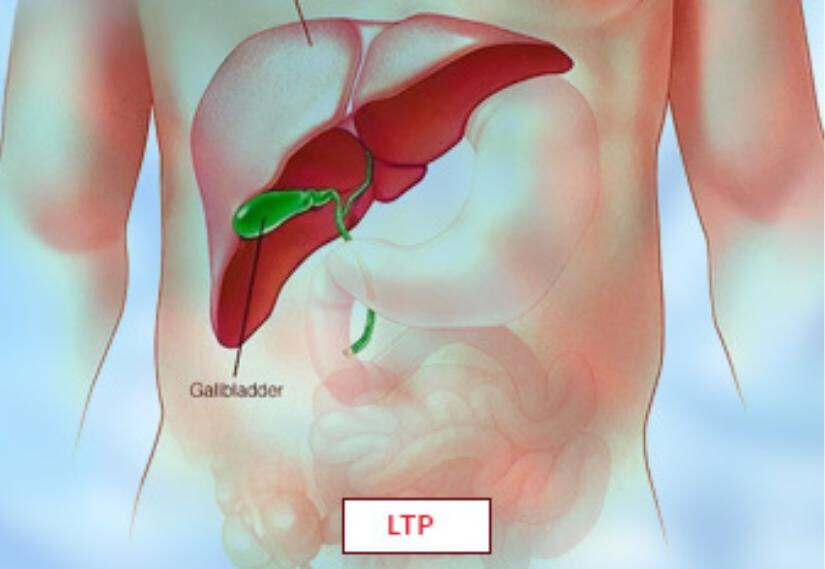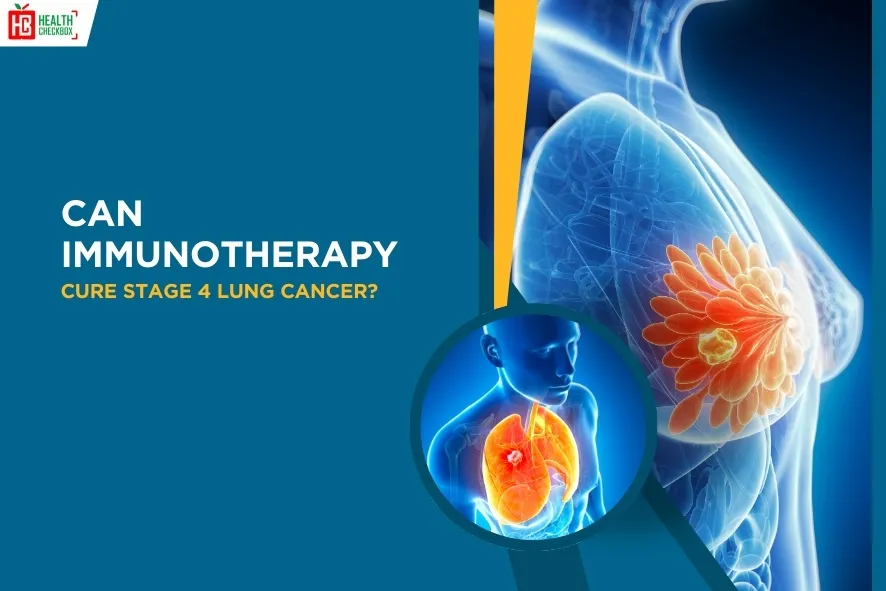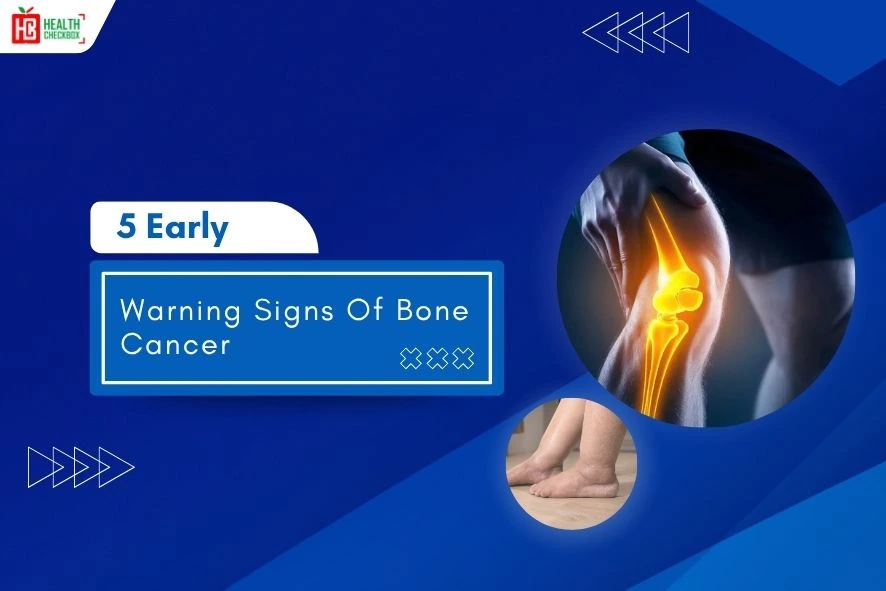The human heart has four chambers and four vital valves which facilitate the flow of blood through the body. In those four structures, the mitral valve is part of the association between the left atrium and the left ventricle and has the definitive role in preventing malfunction in circulatory flow. However, several factors may cause disorders in this valve, leading to conditions such as mitral regurgitation or stenosis. In case the mitral valve is compromised, it becomes impossible for the heart to pump blood effectively. Consequently, serious health complications arise.
Mitral valve repair is a specialized surgical procedure designed to restore the function of this essential valve without the need for replacement. With advances in surgical techniques and instrumentation, mitral valve repair has become a preferred option for many patients, offering numerous benefits, including shorter recovery times and a lower risk of complications compared to valve replacement. The treatment of these problems is most important because it causes heart damage which leads to death. A person must consult with healthcare provider about the best mitral valve repair treatment plan.
Mitral Valve Repair Treatment In India
Mitral valve repair treatment in India has gained prominence due to its combination of advanced medical technology, skilled healthcare professionals, and cost-effective services. The procedure is typically recommended for patients suffering from mitral valve regurgitation or stenosis, conditions that impair the heart’s ability to function efficiently. Mitral Valve Repair is a surgery which aids in treating patients suffering from mitral valve disease. It fixes or replaces narrowed or leaky valves through open heart surgery. This valve is positioned between the lower and upper left heart chambers.
Additionally, the Mitral Valve Repair Treatment In India has a lower cost compared to Western countries making India an attractive destination for both domestic and international patients seeking high-quality cardiac care. Many hospitals also provide comprehensive pre- and post-operative care, ensuring that patients receive the support needed for optimal recovery.
The importance of this surgery is to treat:
- Enlarged heart
- Severe regurgitation or its symptoms
- Failure of left-sided hear
- Severe mitral valve stenosis with severe symptoms
Types of Surgical Techniques for Mitral Valve Repair
This repair consists of several techniques, which are as follows:
Chordal Repair: It involves replacing chords which support the valve. The chords can be tough or fibrous strings.
A ruptured or elongated chords are removed and new chords which are made by synthetic material attached to the valve. The surgeons can also attach the healthy chords. This procedure is called chordal transposition.
Annuloplasty: A flexible or rigid ring must be fixed around the rim of the valve. This surgical technique treats all mitral valve repairs in patients.
Triangular or Quadrangular Resection: This technique assists in treating posterior leaflet prolapse in patients. It involves in removing a damaged part of the leaflet with a small and triangular cut. A surgeon can make a rectangular cut if a larger area of the leaflet gets damaged.
Conditions treated through Mitral Valve Surgery
This repair involves the treatment of different problems. These are as follows:
Mitral Valve Prolapses: This condition occurs due to enlarged or floppy mitral valve flaps, which leads to leakage in the valve.
Mitral Valve Regurgitation: It lets the blood to leak backwards when the valve flaps don’t close properly.
Mitral Valve Stenosis: This problem thickens and stiffens valve flaps, which makes the valve narrow and slows down the flow of blood.
Advantages of Mitral Valve Repair
This surgery has several advantages. These are as follows:
- It lowers the risk of stroke and infection.
- Ffunction of the heart is improved after surgery.
- The survival rate of this surgery is higher than mitral valve replacement.
- The requirement of blood thinner is eliminated after surgery.
- It provides better chances to survive patients from hospitals.
A repair will be recommended instead of a replacement. It is a better option which treats patients who suffer with mitral valve regurgitation and mitral valve stenosis.
In some situations, replacement surgery is better since it has less time and complexity than repair surgery. If you are getting confused, then talk with your healthcare provider about the better option.
Tests and Diagnosis for Surgery
Mitral valve repair can be performed through different tests and diagnosis. These include the following:
- Exercise or Stress tests
- Echocardiogram
- Cardiac Catheterization
- Chest X-ray
- Cardiac MRI
- Electrocardiogram
Before Procedure
- A hair may be shaved from the chest area before surgery. After that, a healthcare provider wash the skin with a special soap that kills germs and protects it from infection.
- During surgery, a healthcare professional provides a medicine which puts you in sleep. After that, a heart-lung bypass machine is attached to the patient. This machine helps the blood to move through his or her body.
During Procedure
Mitral valve repair surgery uses several methods. These are as follows:
Open-heart surgery: It repairs a damaged valve by making 7 to 9-inch incision in the middle of the chest. After that, a surgeon uses a bypass machine to maintain blood circulation in patients.
Catheter-based procedure: A long, thin tube called catheter involves in heart valve repairs. The surgeon can repair mitral valve disease by passing the tools through this tube. An example of this procedure is transcatheter mitral valve replacement.
Minimally invasive procedure: In this method, a mitral valve disease is repaired with smaller cuts. It provides several benefits such as shorter recovery, reduced pain etc.
Robot-assisted heart surgery: This surgery uses robotic arms to repair leaky or narrow mitral valve in patients.
After Procedure
- You must stay for few days in a hospital after mitral valve surgery. After that, your care team tells you that you must spend for 1 to 2 days for recovery in ICU. The temperature, breathing and heartbeat will be checked during hospital stay.
- Two or three tubes that are attached for draining fluid will be removed for 1 to 3 days from your chest. A flexible tube called catheter assists to drain urine, which is attached with a bladder. An intravenous (IV) injection may also required for fluids.
- After that, you will be shifted to a regular hospital room and a surgeon will monitor your heart and vital signs. When you are suffering from chest pain, a medicine will be provided to you.
- The activity will start slowly and a program may begin to make the body and heart stronger.
- If the heart rate becomes slow then pacemaker is attached with your heart. A permanent pacemaker may be required if you are leaving the hospital after surgery.
Latest Health Tips
Can Immunotherapy Cure Stage 4 Lung Cancer?
Early Signs of Cervical Cancer
Foods that Kill Cancer: Leafy Vegetables, Grains, & More
What Stage of Cancer is Immunotherapy Used For?
Which is Worse for Cancer, Sugar or Alcohol?
Vaccines That Prevent Cancer
What Kills Cancer Cells in the Body Naturally?
Early Warning Signs of Bone Cancer
Submit Your Enquiry
Testimonials








